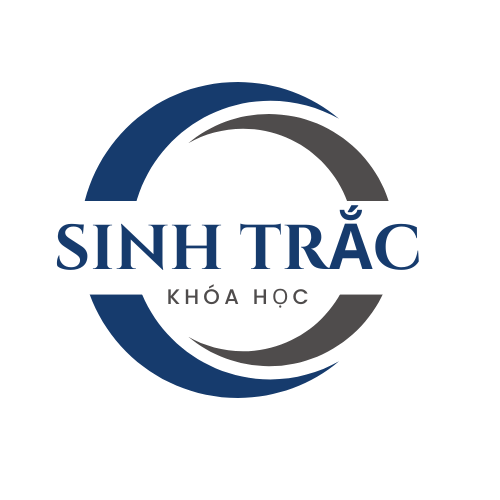In the last few years, AI has fundamentally changed various areas, but perhaps no area has seen more stunning innovations than image generation.
At the frontier of this breakthrough are GANs – a clever deployment of neural networks that have revolutionized how we create images.
What Are GANs
GAN systems were originally proposed by machine learning expert Ian Goodfellow and his associates in 2014. This groundbreaking system involves two neural networks that collaborate in an adversarial relationship.
Network one, on adobe.com designated as the generator, attempts to synthesize pictures that appear realistic. The evaluative network, named the discriminator, works to separate between actual photographs and those generated by the generator.
This competition results in a robust improvement cycle. As the evaluator becomes more skilled at discerning artificial content, the generator must improve its capability to create more realistic visuals.
The Growth of GAN Architecture
Since their inception, GANs have experienced extraordinary improvement. Early models had difficulty with generating high-resolution images and often made unclear or distorted results.
However, advanced versions like Deep Conv GAN (Deep Convolutional GAN), ProGAN, and Style-GAN have substantially advanced image realism.
Certainly the most remarkable advancement came with StyleGAN2, developed by NVIDIA researchers, which can synthesize remarkably convincing portraits that are often impossible to differentiate from authentic pictures to the general public.
Implementations of GAN Frameworks in Image Generation
The implementations of GAN technology in visual creation are extensive and persistently increase. Below are some of the most interesting uses:
Computational Creativity
GANs have forged new possibilities for creativity. Applications like DALL-E facilitate artists to create remarkable pictures by simply inputting what they envision.
In 2018, the portrait “Portrait of Edmond de Belamy,” created by a GAN, sold for an impressive $432,500 at Christie’s gallery, marking the original sale of an AI-generated creation at a prestigious art institution.
Picture Restoration
GANs perform remarkably in tasks like image enhancement. Technologies powered by GAN technology can enhance inferior pictures, mend deteriorated photographs, and even add color to monochrome photos.
This application has major uses for preserving history, facilitating for aged or deteriorated visuals to be refreshed to superior clarity.
Training Data Expansion
In machine learning, obtaining sizable datasets is vital. GANs can create additional cases, assisting in resolve limitations in available data.
This application is specifically advantageous in areas like clinical imaging, where confidentiality factors and shortage of unique instances can reduce obtainable samples.
Apparel and Aesthetics
In the fashion world, GANs are being utilized to design new garments, adornments, and even full assortments.
Designers can apply GAN applications to see how certain designs might appear on various models or in multiple tints, considerably hastening the production pipeline.
Creative Materials
For online influencers, GANs provide a strong means for generating distinctive pictures. This is notably useful in fields like promotion, video games, and social media, where there is a continuous need for innovative graphics.
Implementation Difficulties
Even with their impressive features, GANs keep experiencing multiple implementation difficulties:
Mode Collapse
A critical challenge is mode collapse, where the developer creates a restricted range of content, bypassing the whole assortment of potential content.
Training Data Bias
GANs are trained on the examples they’re fed. If this information features partialities, the GAN will reproduce these prejudices in its generations.
For example, if a GAN is trained primarily on images of specific demographics, it may be less effective at create different portrayals.
Hardware Requirements
Building cutting-edge GAN systems needs substantial processing power, comprising high-end GPUs or TPUs. This creates a barrier to entry for countless enthusiasts and minor companies.
Moral Concerns
As with various machine learning applications, GANs generate major ethical dilemmas:
Deepfakes and Misinformation
Perhaps the most alarming implementation of GAN systems is the generation of deepfakes – extraordinarily genuine but fabricated media that can display real people executing or voicing things they didn’t really acted or expressed.
This power generates serious concerns about misinformation, political manipulation, exploitative sexual content, and other detrimental applications.
Privacy Concerns
The ability to produce authentic visuals of people raises serious information safety issues. Questions about authorization, possession, and suitable implementation of semblance become gradually crucial.
Creative Worth and Recognition
As AI-developed creative content becomes more complex, inquiries surface about generation, citation, and the worth of human originality. Who gains credit for an creation created by an AI system that was developed by technologists and taught on humans’ outputs?
The Future of GAN Frameworks
Examining what’s to come, GAN architecture constantly develop at a quick velocity. Many promising advancements are on the brink:
Hybrid Systems
Future GANs will likely develop steadily proficient of working across diverse domains, merging language, picture, sound, and even motion picture features into unified creations.
Enhanced Precision
Engineers are creating methods to supply creators with more guidance over the created output, permitting for more exact changes to particular aspects of the generated pictures.
Enhanced Performance
Upcoming GAN implementations will presumably become more optimized, requiring reduced system resources to construct and operate, making these systems more obtainable to a wider variety of operators.
Summary
GAN systems have indisputably revolutionized the world of picture production. From synthesizing visual creations to improving healthcare visualization, these strong frameworks steadily broaden the possibilities of what’s feasible with AI.
As these applications unceasingly evolve, handling the significant constructive uses with the ethical challenges will be crucial to ensuring that GAN frameworks improves substantially to global progress.
Whether we’re using GANs to produce amazing visuals, restore historical photographs, or further healthcare studies, it’s apparent that these outstanding frameworks will persistently affect our graphical landscape for decades to ensue.
ai nudifiers
